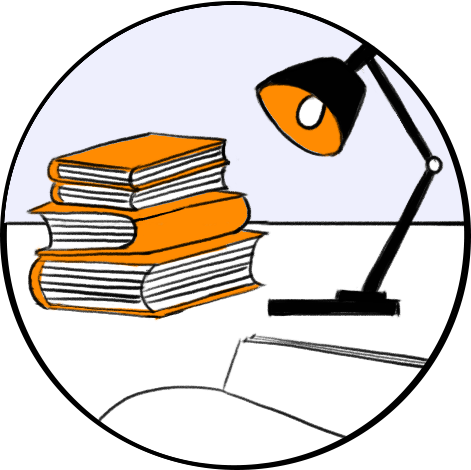- Español
- Euskara
- English
- Français
The priority strategic direction in the development of Oriental humanitarian science in the Russian Federation in general and in the Republic of Kalmykia in particular is the deepening and expansion of the scientific study of the living existence of traditional musical art, the actualization of the potential of the lexicon and written heritage of Mongolian-speaking peoples in the conditions of globalization. Today, the language and cultural intangible heritage plays a special role in the development of society and the state, thus becoming the subject of public attention. The society programs its future in the form of a system of spiritual culture.This article based on the material of expeditions to Khovd and Uvs aimag of Mongolia in 2007-2015 is a brief overview of the zoo lexicon and writing systems of western Mongols peoples from the point of view of modernization experience and understanding of the consequences in the context of the borderlands, as well as a comparative study of musical arts of the Kalmyks and the Oirats, song and dance folklore, certain musical instruments of the Mongol ethnic groups in the Eurasian context. Oirat manuscripts and xylographs revealed and identified during the expedition are considered in the context of all Mongolian and all Oirat written tradition, and analyzed from the point of view of composition. The study of the written tradition and the samples of writing is important not only for research, but also for the preservation of the written heritage of the past as a national treasure for future generations.




